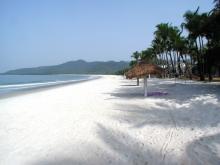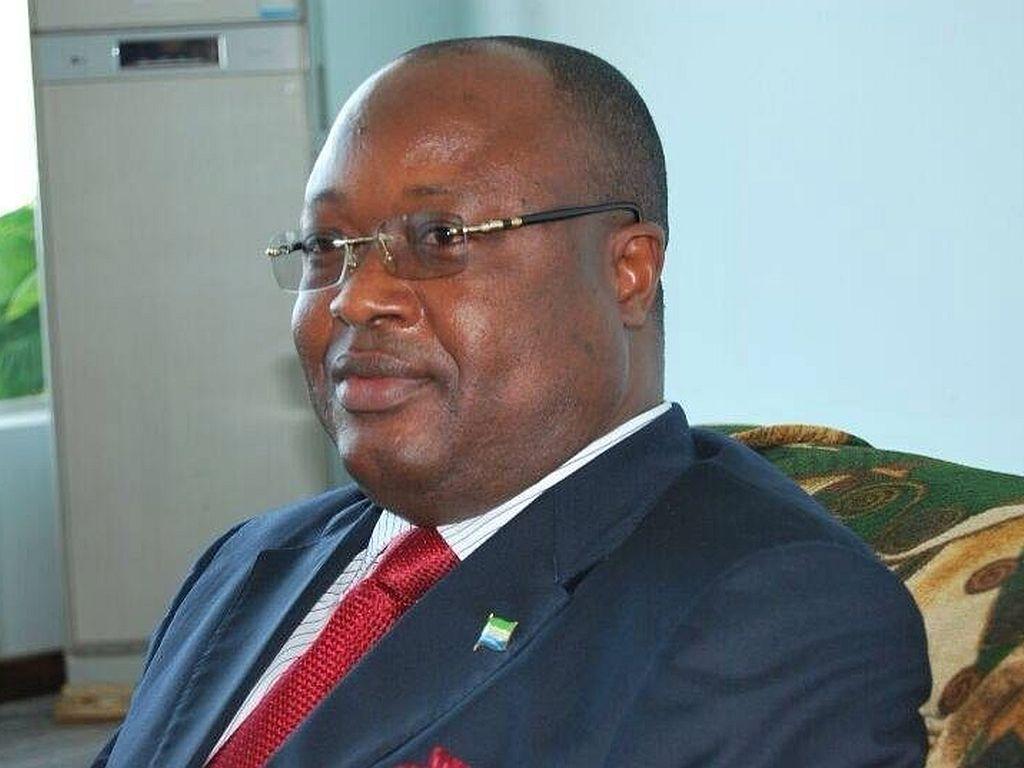Sierra Leone has attained all four primary convergence criteria for the West Africa Monetary Zone for the first time since the inception of the programme in 2001, accoriding to a release from the country's central bank.
"At the end of December 2013, the country attained a single digit inflation of 8.2 percent, fiscal deficit to GDP ratio of 4.0 percent, zero central bank financing of fiscal deficit as a percentage of the previous year’s tax revenue, and gross external reserves equivalent to 3.2 months of import" the statement says, quoting the conclusion of the joint multilateral surveillance mission to Sierra Leone by the ECOWAS Commission, West African Monetary Agency (WAMA) and West African Monetary Institute (WAMI) conducted from March 31 – April 7, 2014.
The mission assessed the country’s performance during 2013 in line with the macroeconomic convergence criteria for ECOWAS and West African Monetary Zone (WAMZ) common currency project.
Led by Dr. Abu Bakarr Tarawalie, the team paid a courtesy call on the Governor of the Bank of Sierra Leone, Sheku Sambadeen Sesay and held technical discussions with senior bank officials, Ministry of Finance and Economic Development (MoFED), the Sierra Leone Bankers’ Association, among others.
Sierra Leone’s economy showed significant positive developments during 2013, according to the delegation, underpinned by increased domestic food production, sound macroeconomic management and favourable international prices of the country’s key exports including iron ore and diamond.
Economic growth, the release indicated, remained robust as real GDP grew by 20.1 percent mainly on account of the expansion in mining activities, while consumer price inflation declined to 8.2 percent at end-December 2013 (the lowest level since December 2009) from 11.4 percent in December 2012.
Monetary policy, they assessed, remained prudent in pursuance of price stability. In their economic outlook for Sierra Leone’s economy, 2014 remains encouraging on the backdrop of sustained and robust economic growth, low inflation, higher tax revenues, increased exports and foreign exchange reserves and a stable exchange rate.
Real GDP (excluding iron ore) is expected to grow by 11.6 percent in 2014 driven mainly by other areas of mining, agriculture and services.
Increased domestic food production, stability in the exchange rate and international commodity prices and prudent monetary policy are expected to push inflation downwards to 7.5 percent in 2014.
On the whole, the country is expected to continue to satisfy all four WAMZ primary macroeconomic convergence criteria in 2014.
The Mission however noted that, while the country made significant progress in the implementation of the WAMZ Payments System Development Project, challenges remain in the implementation of key structural benchmarks including privatisation of earmarked institutions, effective participation in the ECOWAS Trade Liberalization Scheme (ETLS), ECOWAS Common External Tariff (CET), Convention on Inter-State Road Transit (ISRT) and the Automated System of Customs Data (ASYCUDA)++ among others.
The mission and the Sierra Leonean authorities agreed that enhancing the implementation of structural benchmarks would be critical in consolidating the gains made in strengthening macroeconomic stability and promoting broad-based inclusive growth.
(C) Politico 10/04/14








